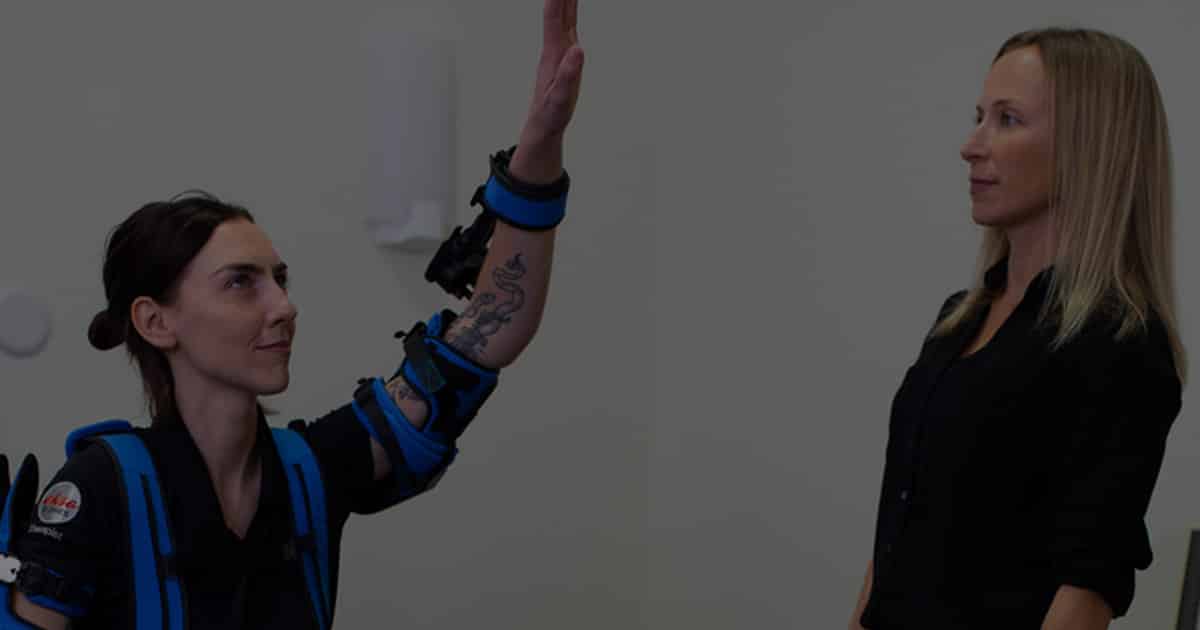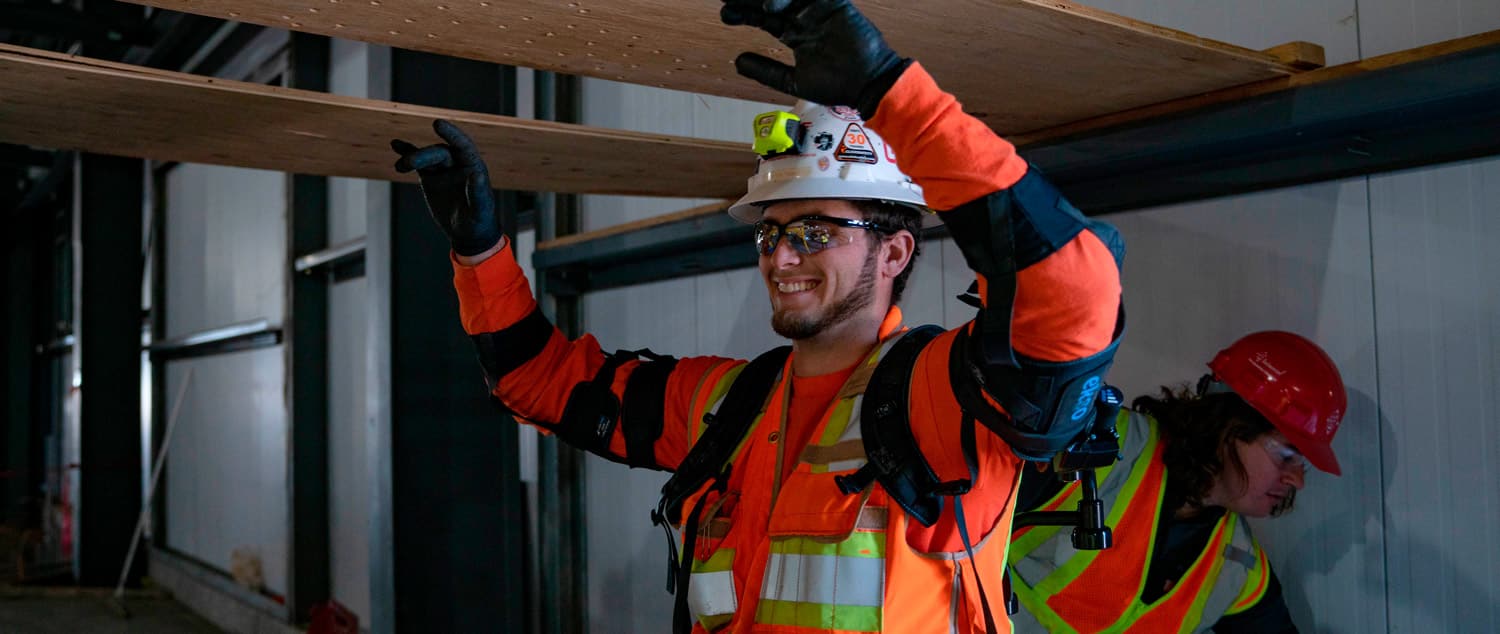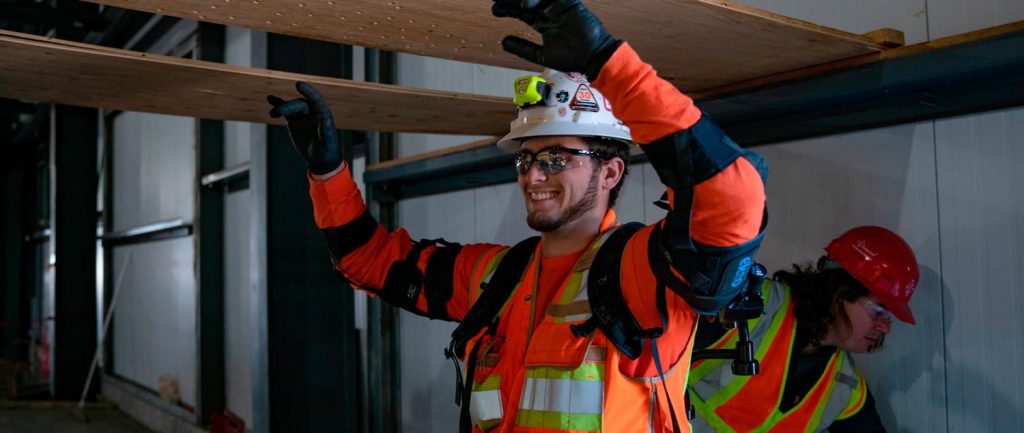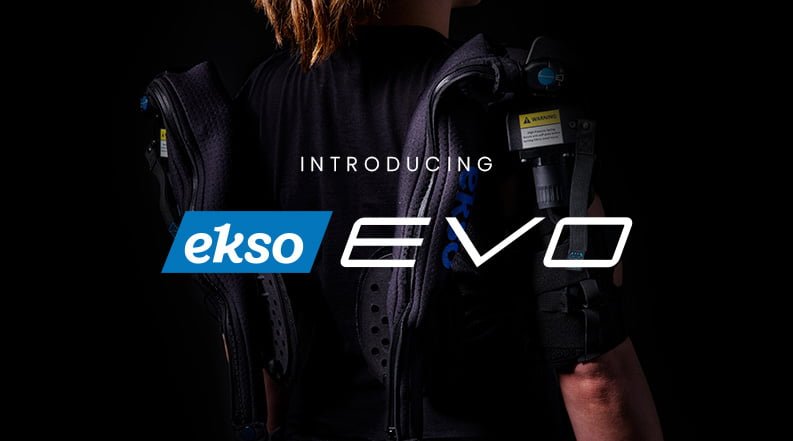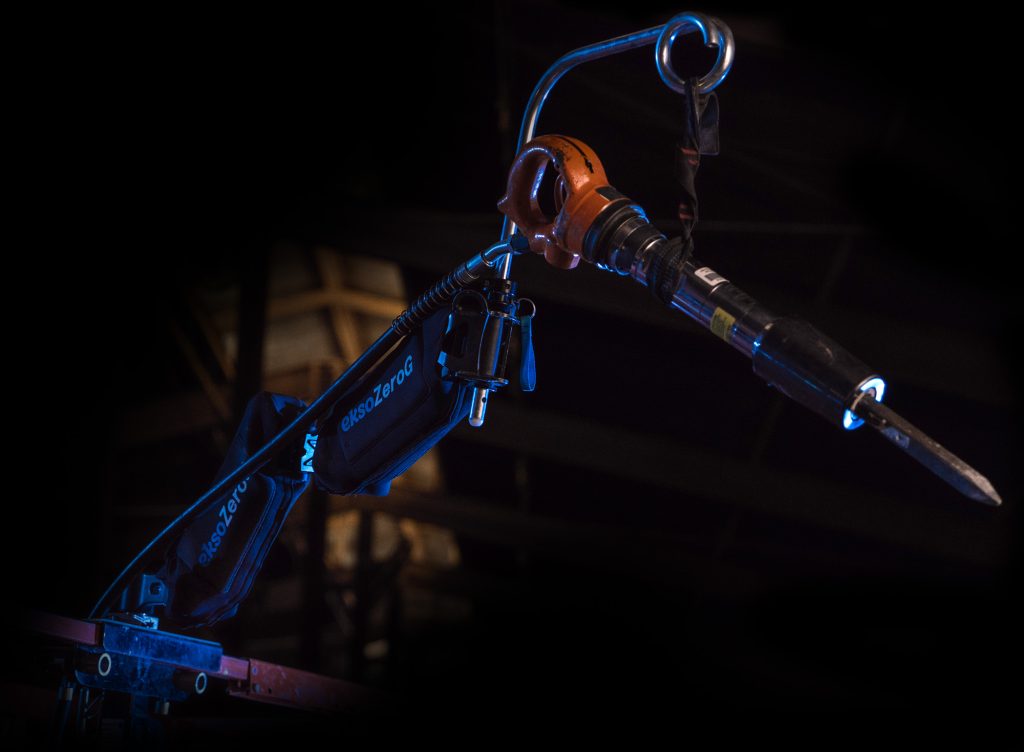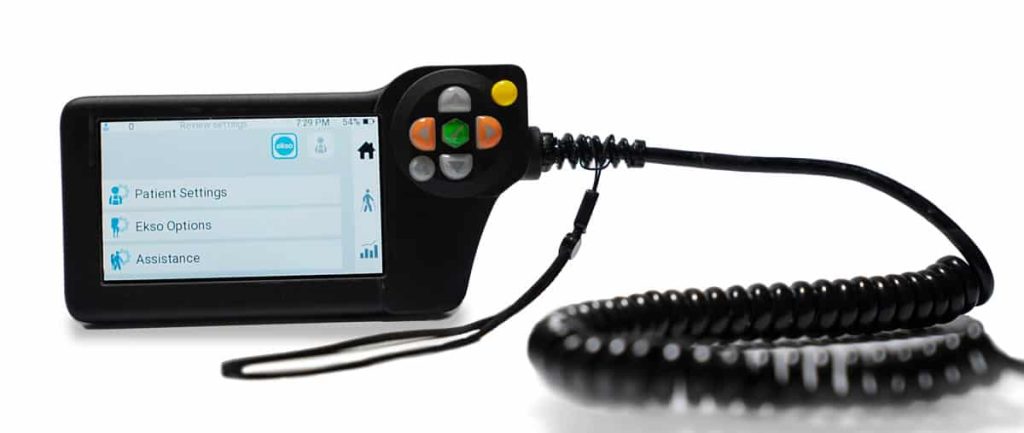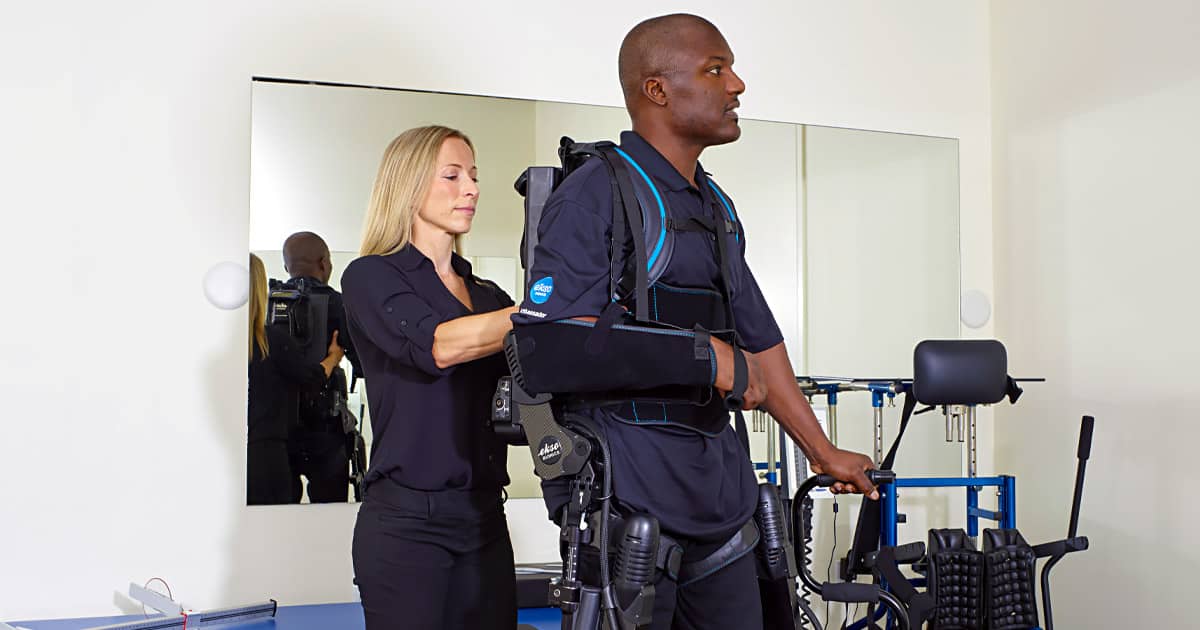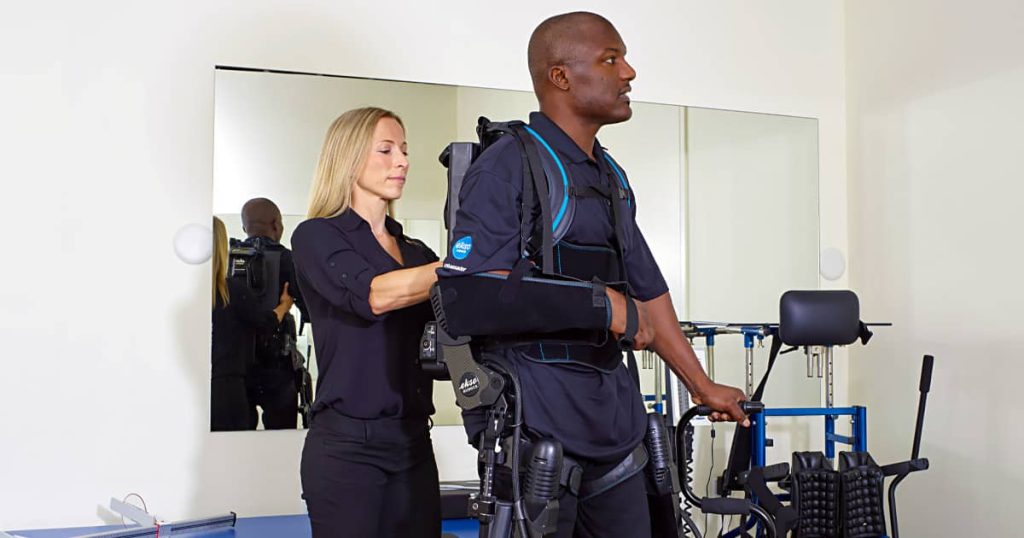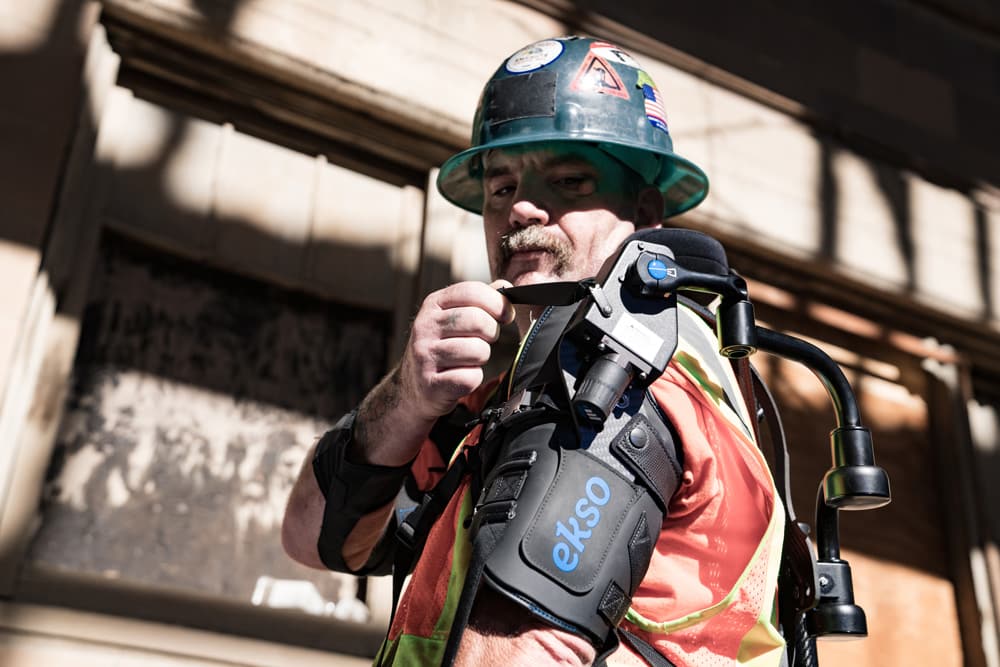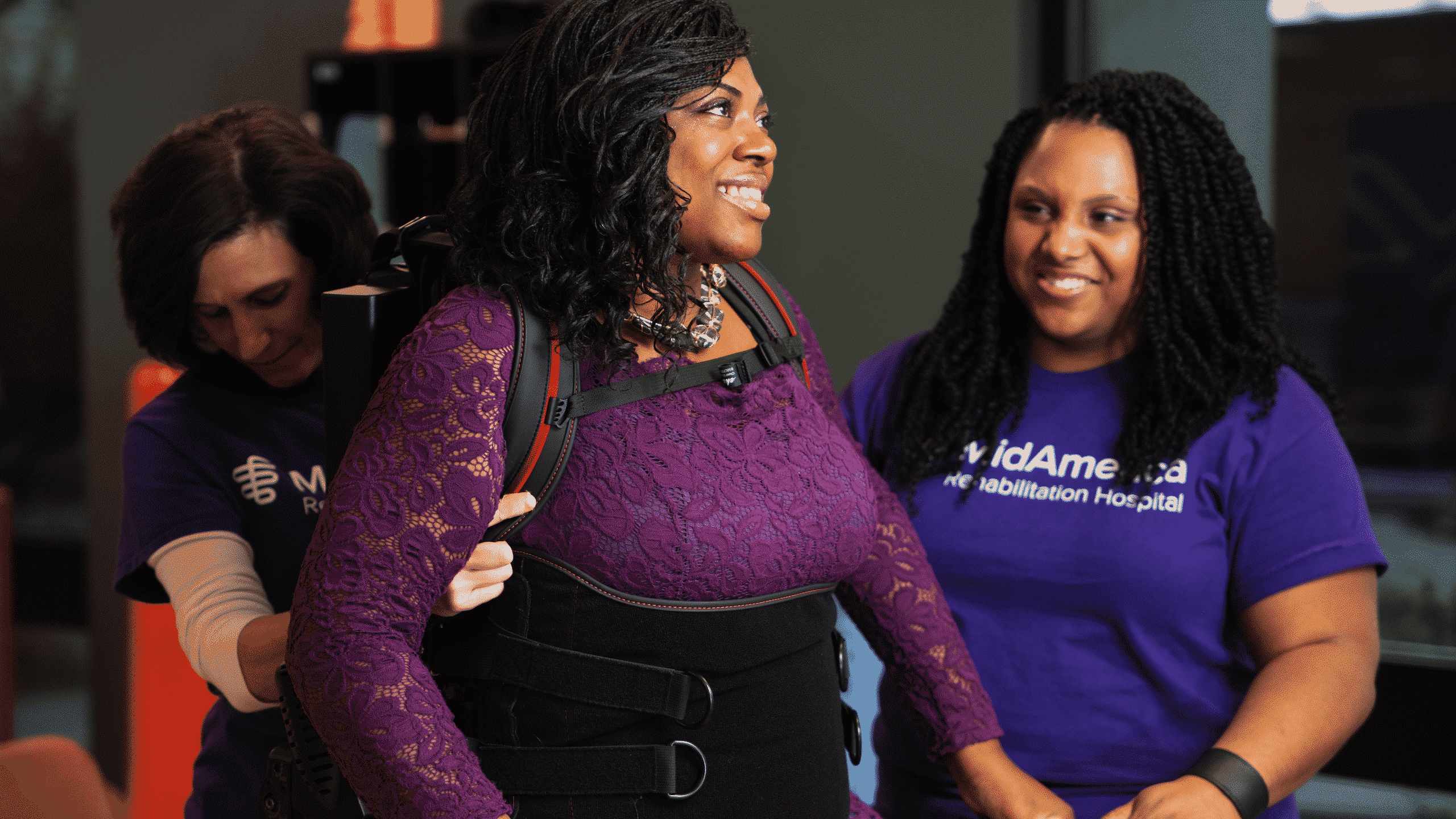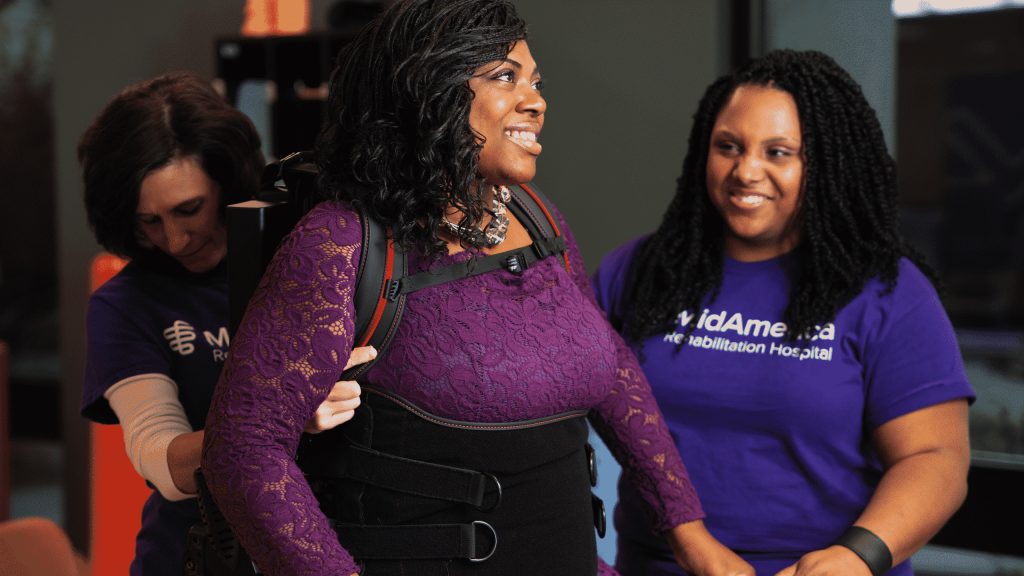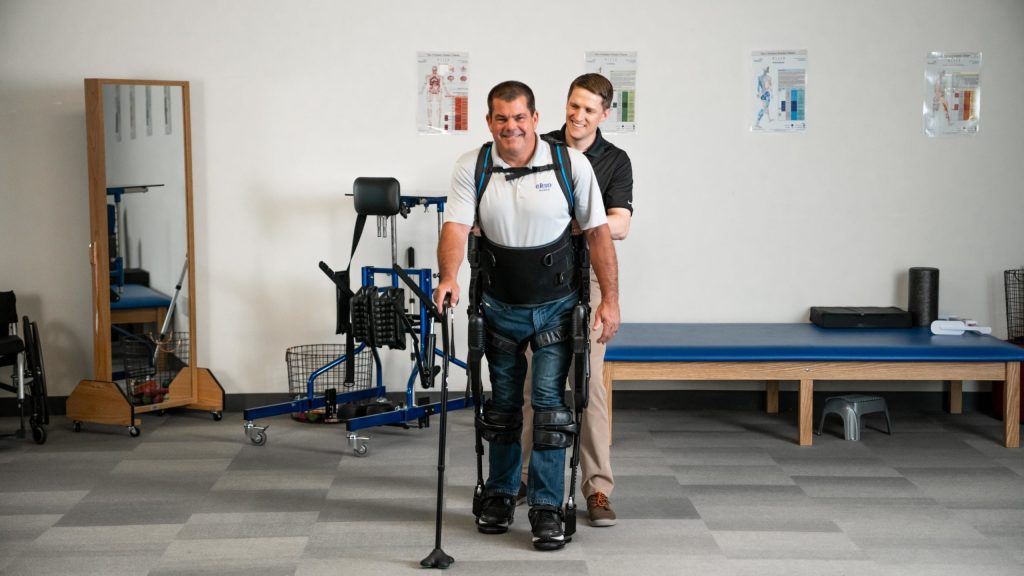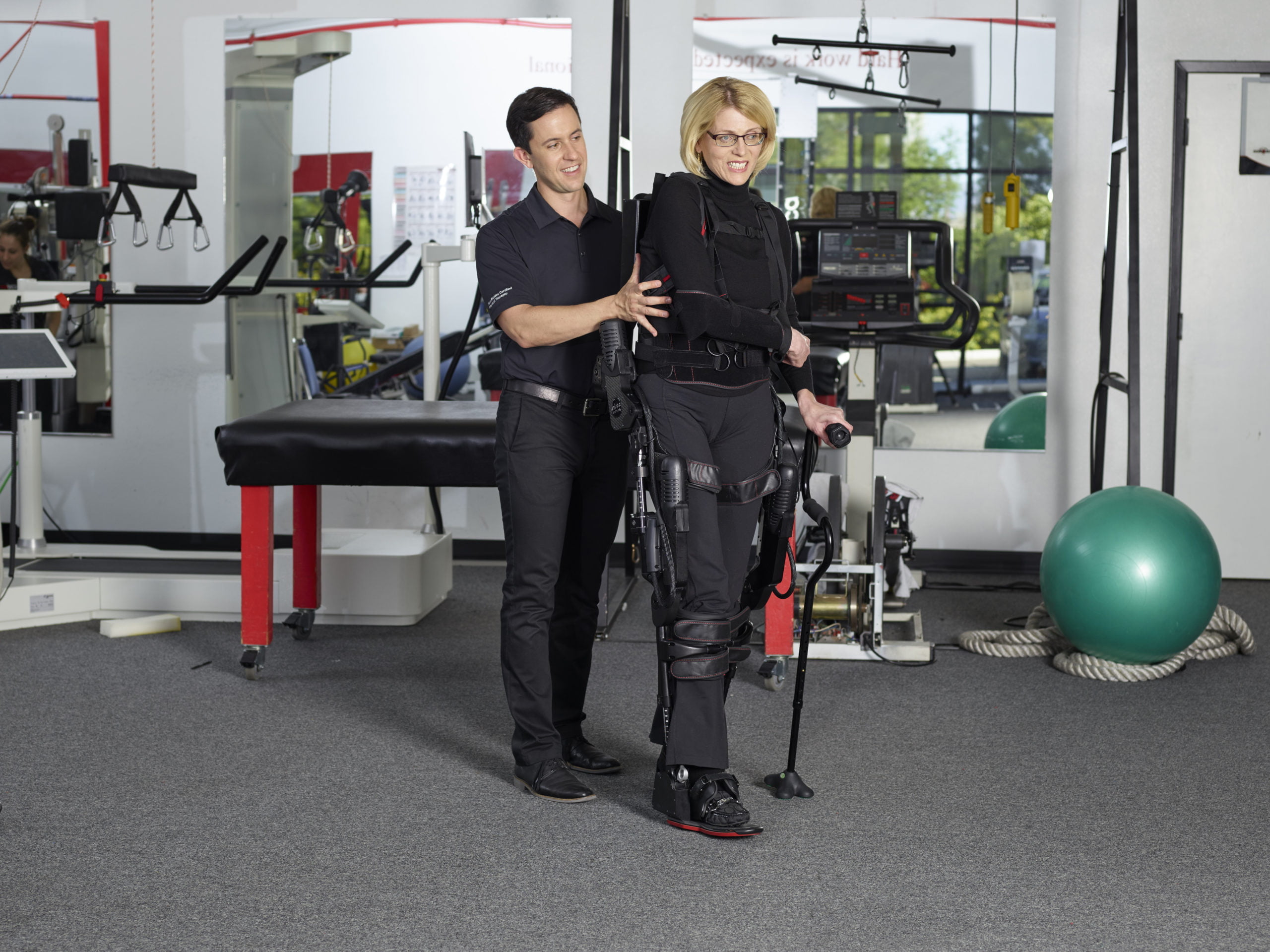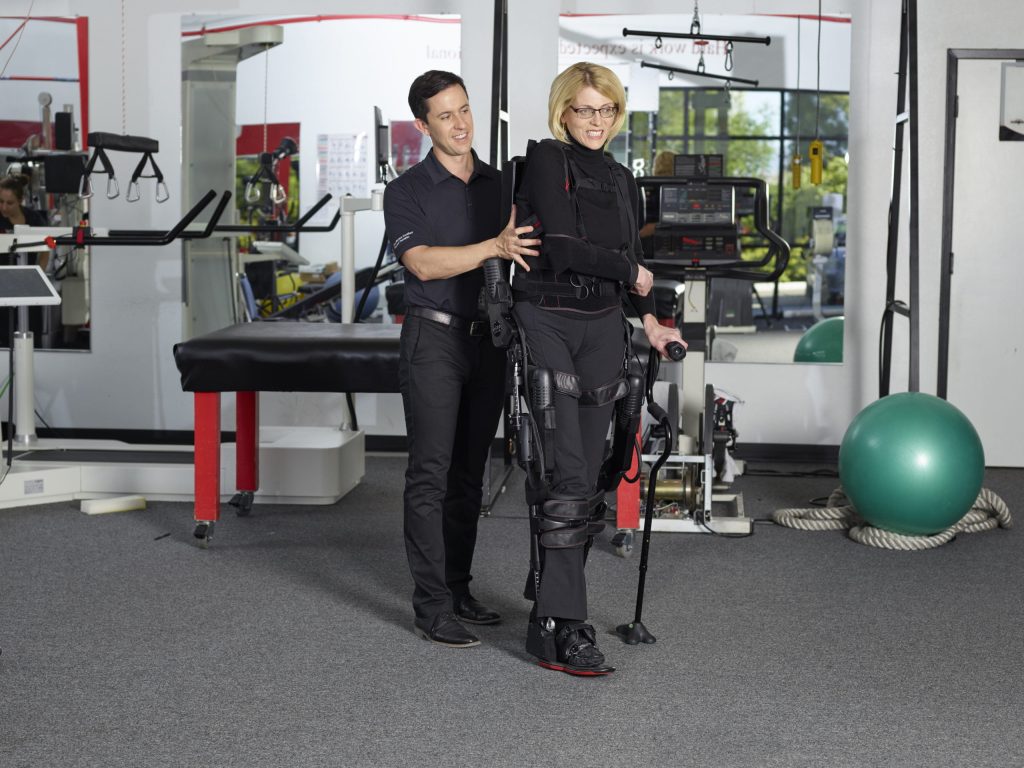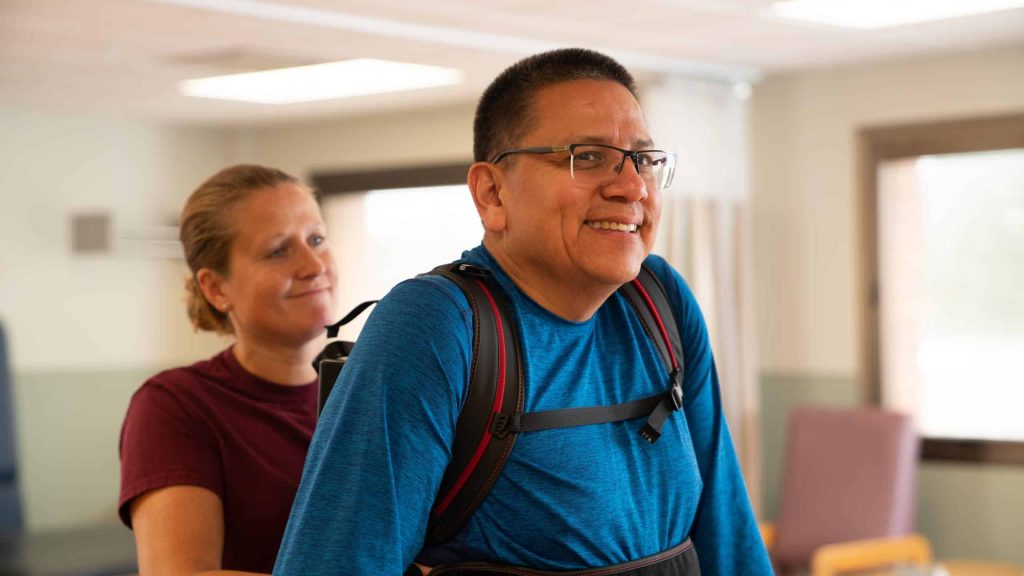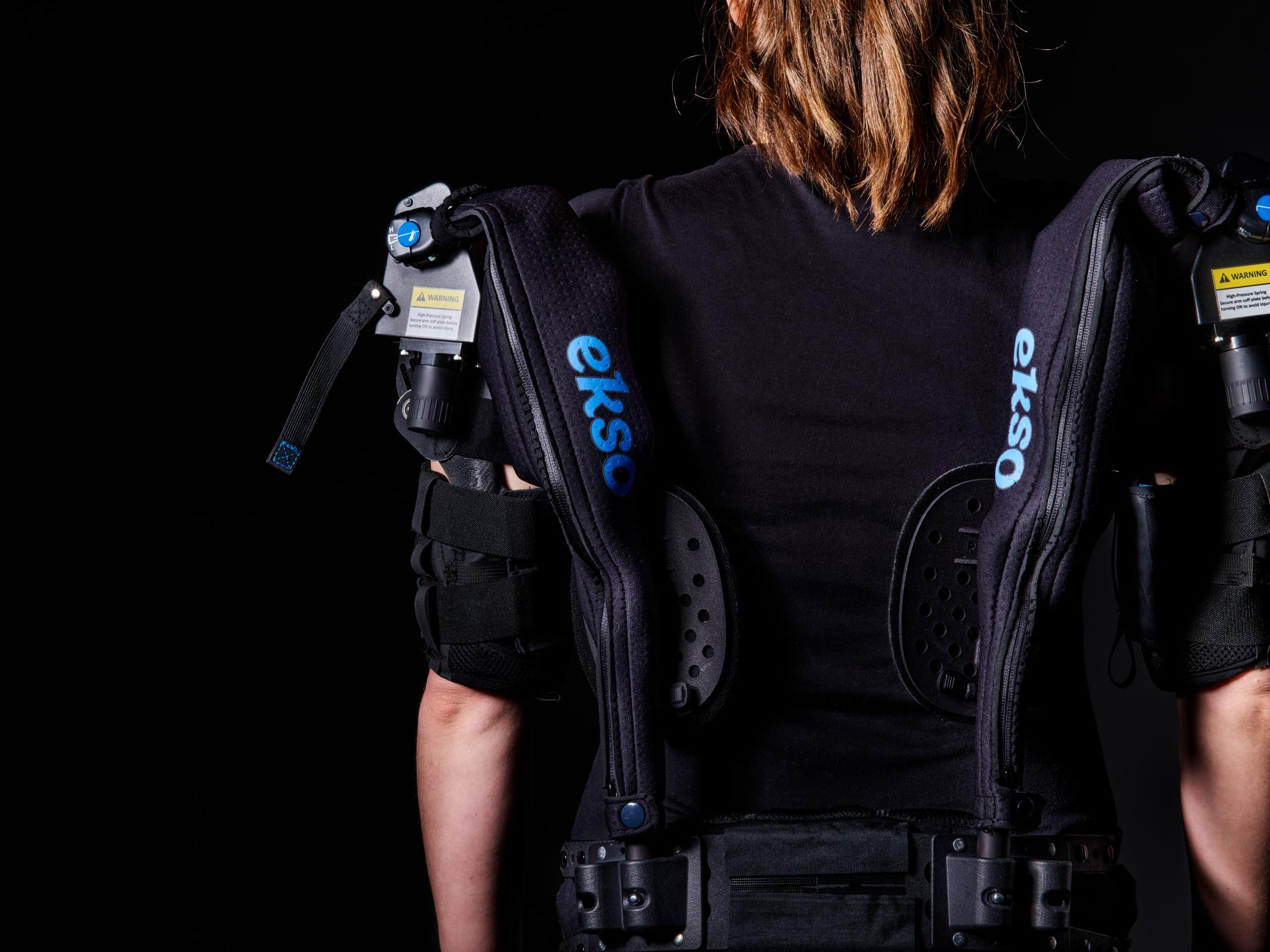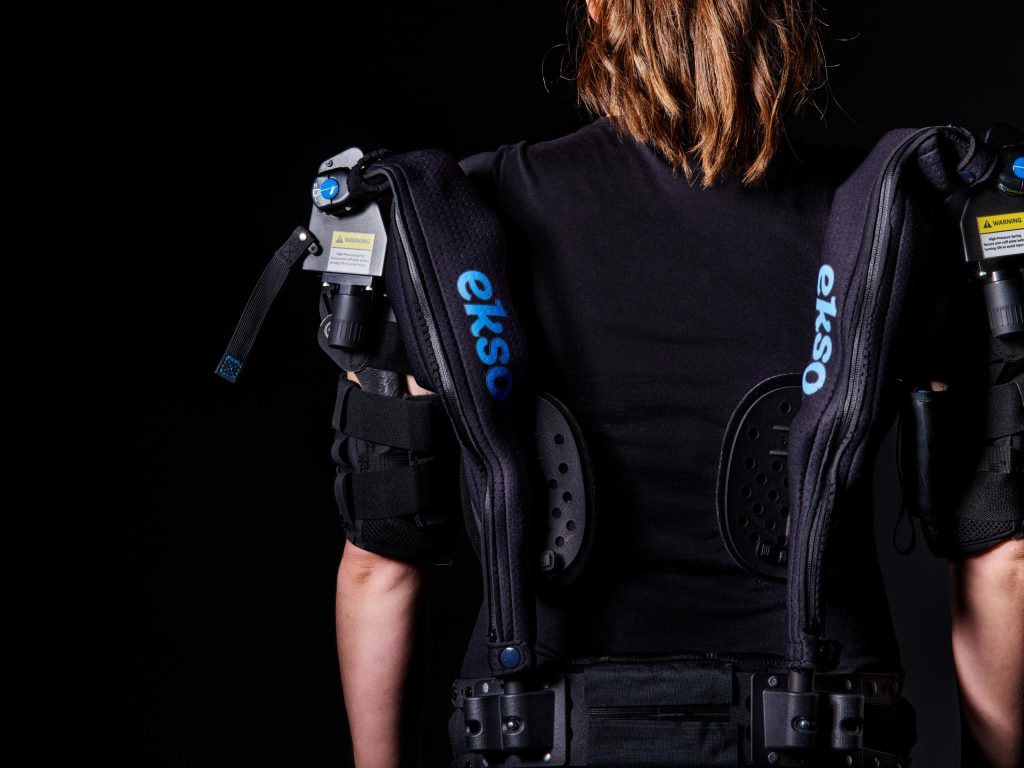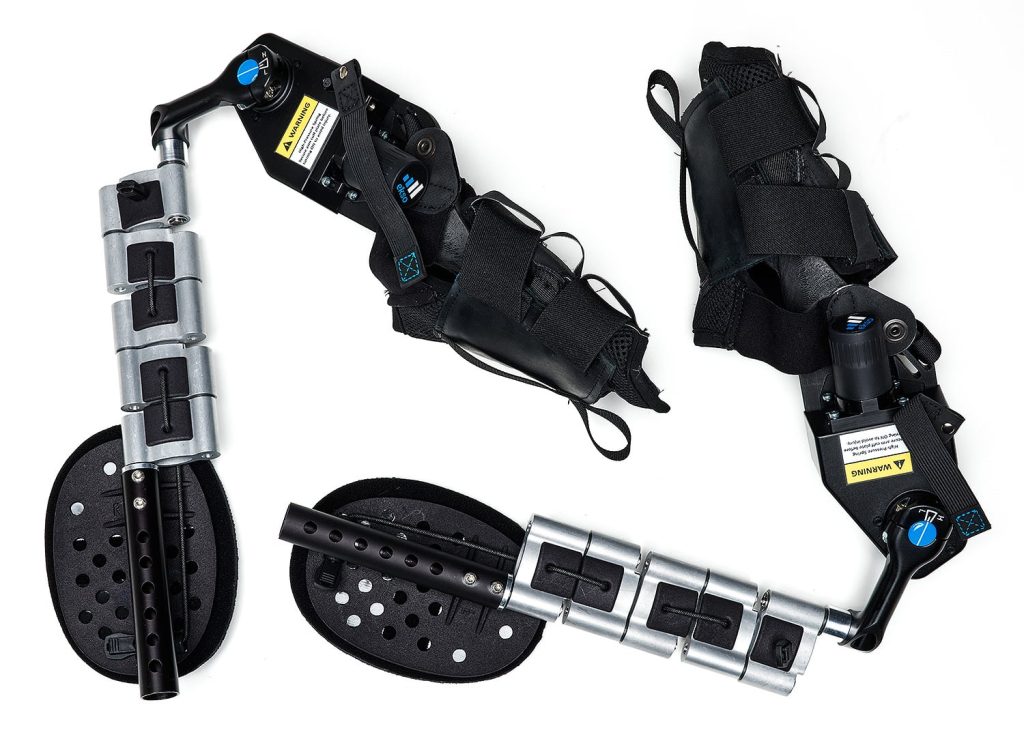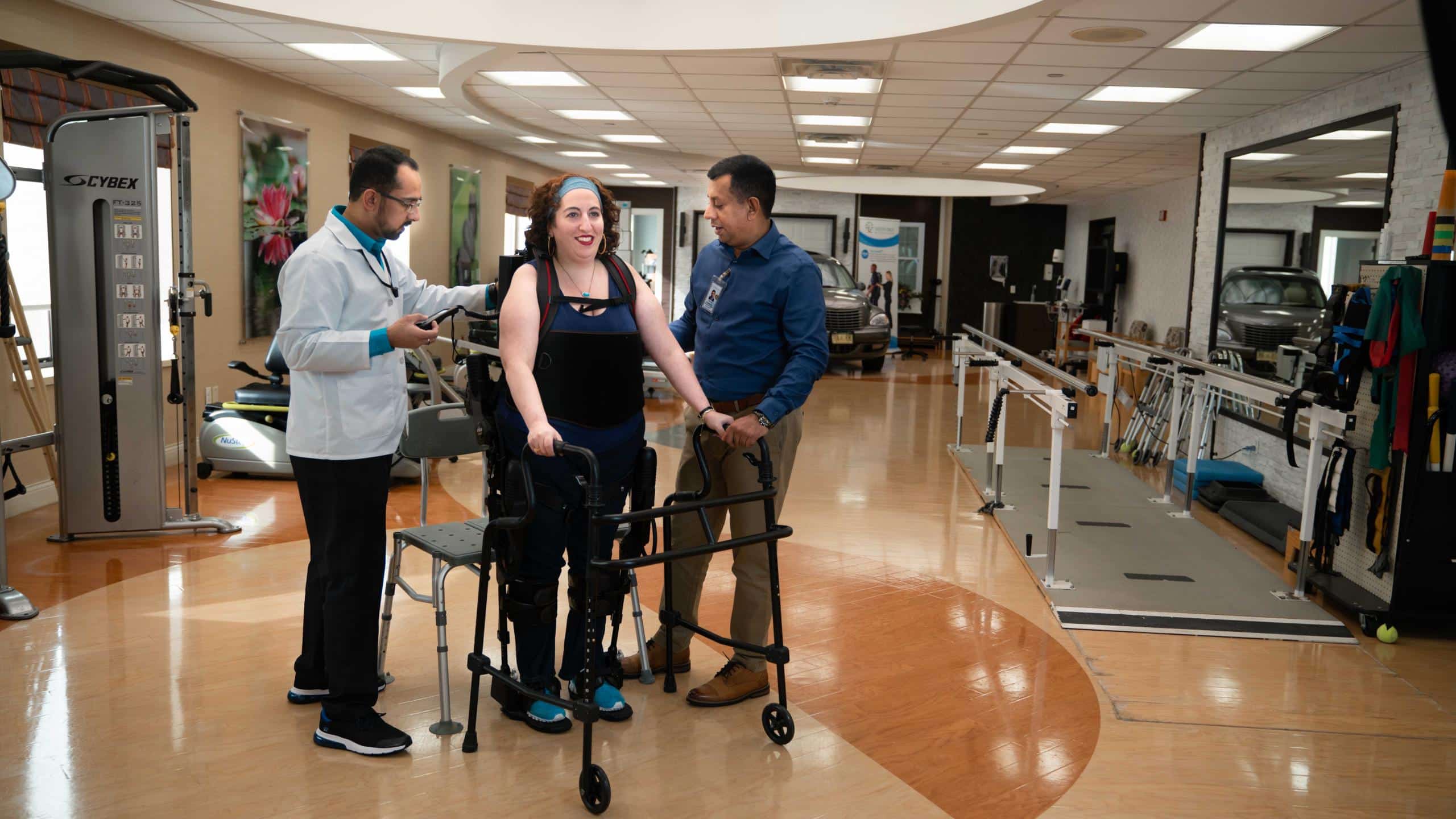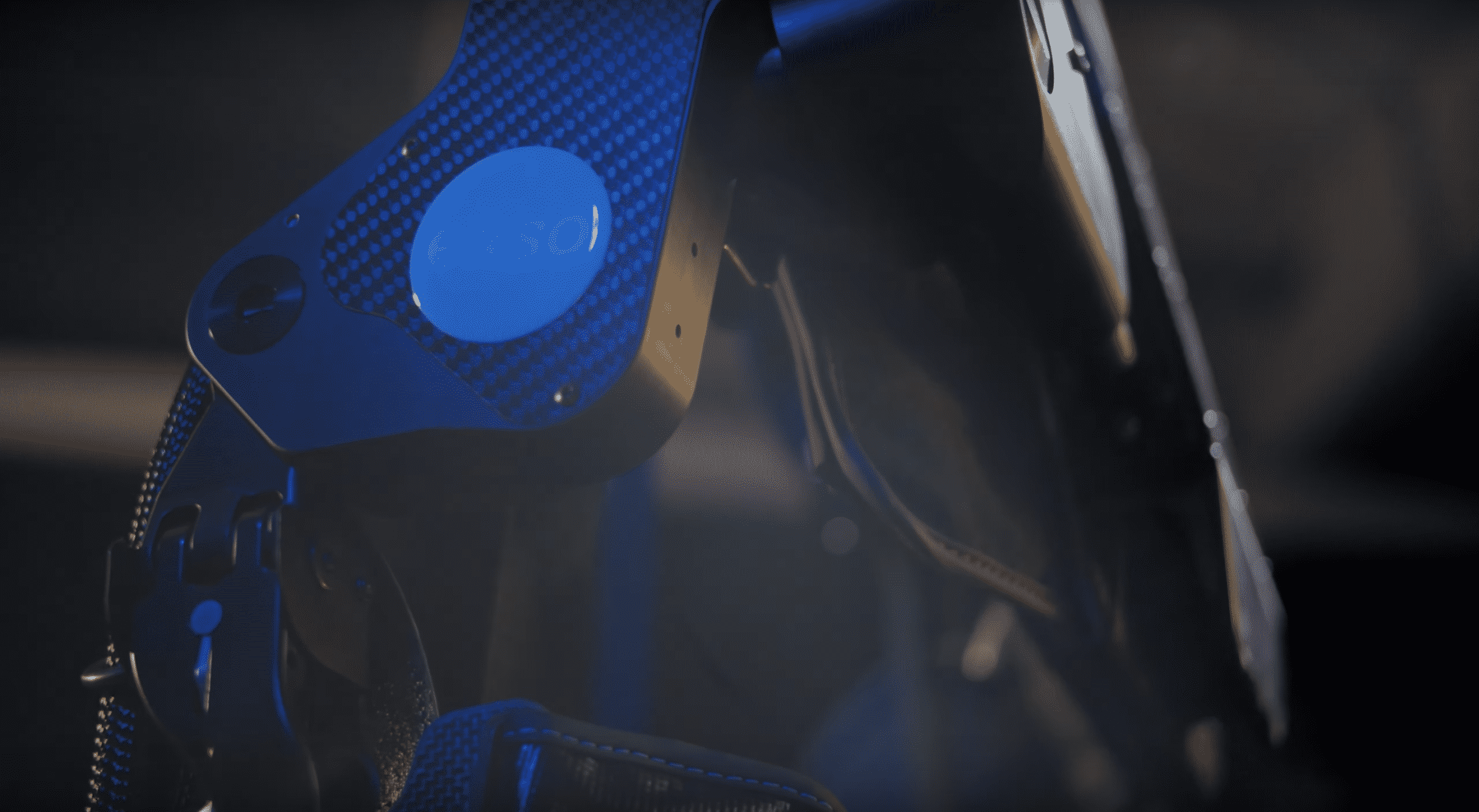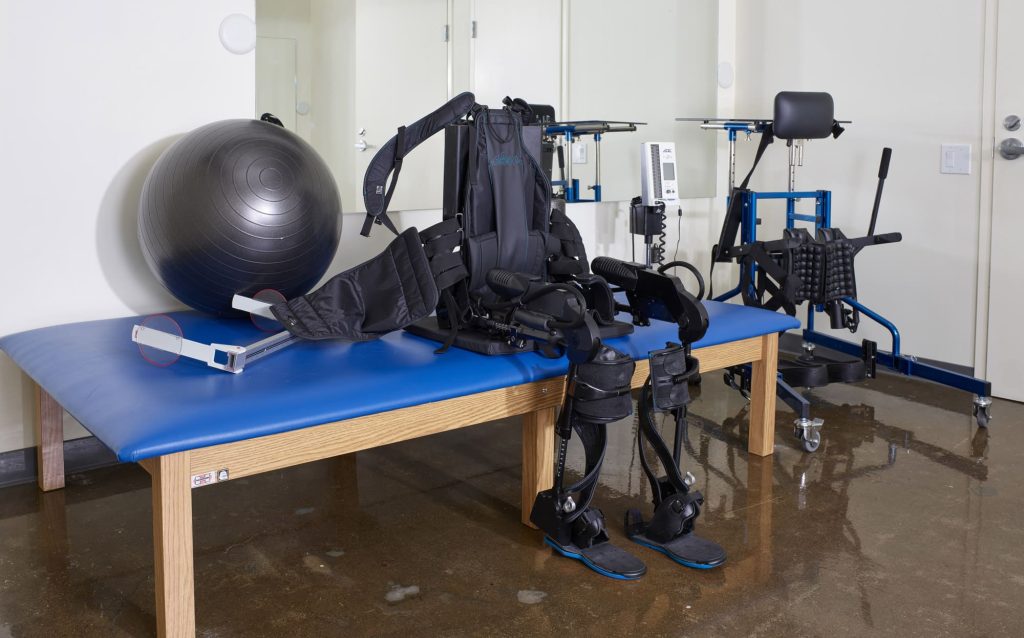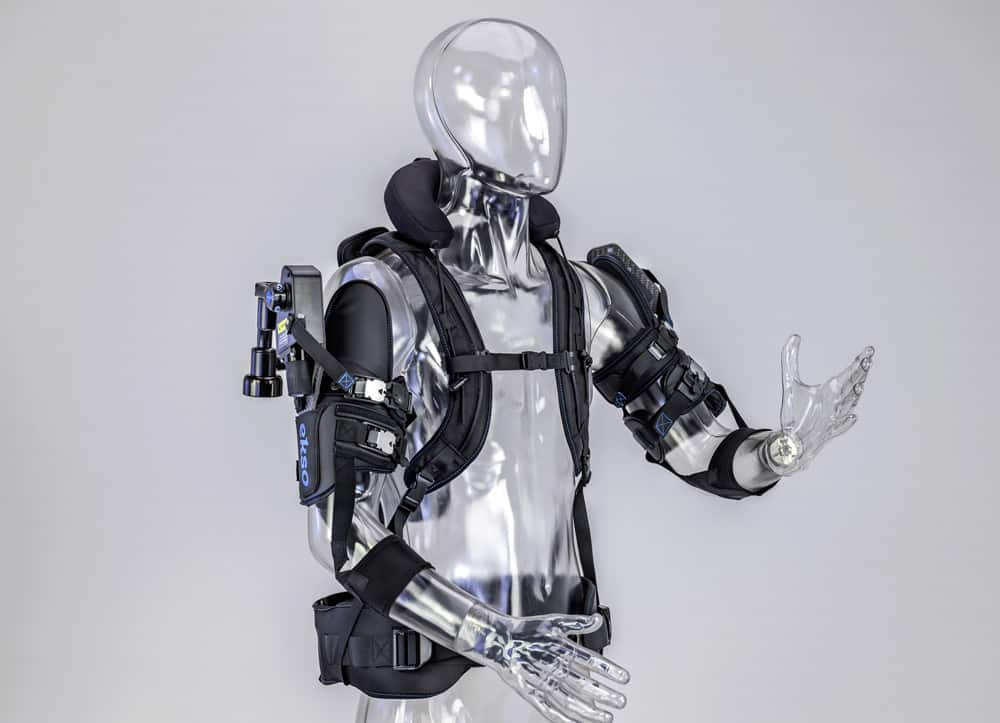Physical therapists and clinicians are a vital part of the rehabilitation process for many different kinds of patients. Whether an individual is recovering from spinal cord injuries, brain injuries, or strokes, patients need assistance when relearning how to perform everyday functions–such as standing or walking. While rehabilitation centers have been around for many years, new innovations in wearable robots and exosuits are revolutionizing the field.
Lightweight robotic exosuits have numerous benefits for physical therapy patients, as well as rehabilitation sciences. This technology provides assistance to a patient’s joints and limbs while relearning how to walk within a clinical setting. With the help of mechanical power, stroke survivors and other patients can get back a sense of freedom with increased mobility. Gone are the days of wheelchairs and crutches, instead, patients have the opportunity to strap into exoskeleton robotics until they eventually get back to a normal walking speed on their own. After many clinical trials, physical therapists around the globe can now take advantage of the tech innovations our exosuits provide.

Benefits for Physical Therapy
So what makes exoskeletons different? When it comes to rehabilitation, there have been plenty of wearable tools to help patients get back on the treadmill and sensors to help gauge levels of improvement. But these tools addressed only individual problem areas and were limited in their ability to recreate a person’s full range of motion. Ekso’s exosuit technology works with your natural range of motion and offers assistive force with broad applicability. Robotic exoskeletons help with neurorehabilitation and physical therapy in innovative ways that offer an immediate effect and benefit.
Expanding a Patient’s Natural Gait
For stroke patients or individuals relearning how to walk, there can be mental blocks as well as physical difficulties associated with the learning process. With a wearable robot, study participants can explore a new level of freedom and embrace their natural gait. Rather than following a rigid gait pattern of traditional suits, exosuit technology has functional textiles that assist your natural gait patterns rather than rewriting them. An exosuit will guarantee you are learning to rewalk without stressing or harming any other joints or muscles. The assistive force also helps patients with walking farther and endurance for standing positions. A patient’s gait mechanics are key to finding a sense of normalcy with their walking, and exosuit tech innovations are the tool to help patients meet these important outcomes.
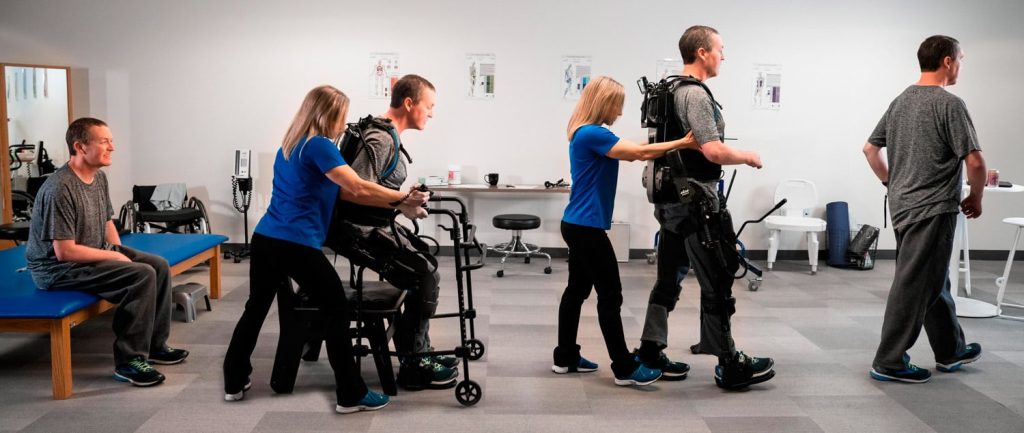
Adjust A Patient’s Challenge Level in Real-time
Every physical therapist understands that in order to improve, a patient must be challenged physically to build strength, flexibility, and endurance. An exosuit can adjust to the level needed in real-time. Exoskeletons allow for the therapist to adjust the level of support provided to patients as they progress with treatment. So as patients improve, they will rely on the technology less and learn to walk without assistance. This increases the success of patient outcomes.
EksoNR is FDA Approved for Rehabilitation
Ekso takes pride in being a leader in the field of exoskeleton technology for all industries. We are taking critical steps to help improve the lives of stroke survivors and other injured persons. We are proud to say that our EksoNR is FDA approved as a rehab tool for physical therapists. After exploratory study, we are excited to help your patients take their next critical step to rewalking within stroke rehabilitation, brain injury recovery, or spinal cord injury recovery. The promise of the exosuit technology and other advancements can make a difference for your patients in a multitude of ways.
Contact Ekso Bionics
Exoskeletons and robots may sound as though they belong in a sci-fi film, but they don’t. Exoskeletons belong right here, among the millions of people experiencing the effects of neurological and physical injuries leading to weakness and paralysis. To learn more about the newest exosuit technology and how they can help your application, reach out to the Ekso Bionics team today.
